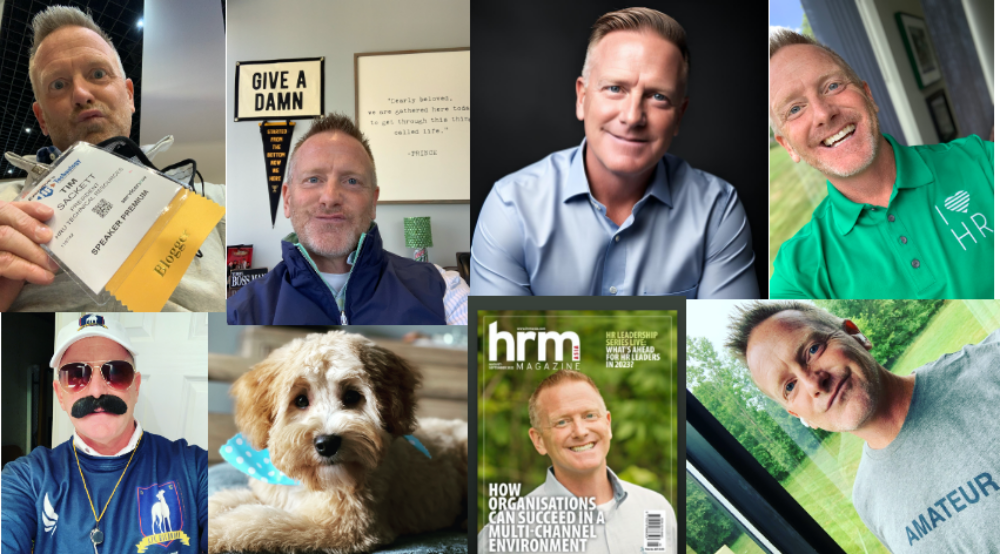It’s that time of year when you start receiving holiday gifts from HR Vendors. My own company even does it. For the most part we send out a holiday card to the vast majority out our contacts, but those ‘paying’ clients or ‘Friends of the Company’ (former or future paying clients) we do something special. Most companies go through the same kind of decision making process when determining what should you do for your clients.
Some companies really get creative when determining what to send their clients. My friends Kris Dunn and Shannon Russo, who run the RPO firm Kinetix, decided a few years back to give out books to their clients and friends of the company. Not just any books, they really dug in and got creative around a book that thought would challenge how people where thinking. They would put together a thank you note and send out the books. It’s different, it’s eye-catching, it’s memorable. I’ll say, though, Kinetix is not the norm.
My friend, Eric Winegardner, at Monster.com personally makes peanut brittle each holiday, packs it up for hundreds of clients and friends, and sends it out all over the country. It isn’t easy. It’s very time consuming. He could easily shop it out and buy store bought stuff. It shows that he cares. It shows that he is thinking about you. Whether you like peanut brittle or not, it becomes a personal gift from him to you.
The norm is boring, safe and sometimes laughable. Let me give you examples of the worse corporate/client holiday gifts:
1. Pinup Calendar! Okay, I have to bust on a company that I actually like a lot (their new Open Web tool is awesome!), Dice.com! But, they send out a Pinup Calendar each year, and I’m not sure if its meant to be a joke, or if one of their executive’s spouses runs a calendar printing company and they are forced to send these out, but it doesn’t fit their brand at all! “Hey, we’re a tech company, take this 1970 pinup calendar and put in the wall next to your 26 inch LCD screen with your Outlook running on it.” My grandpa had a pinup calendar in his garage he would get from the gas station! I’m not sure who makes the Dice.com calendar decision, but I would love to hear about it!
2. Pre-printed Holiday Cards! You know the ones that say something like “Happy Holidays from the Gang at HRU!”. You shove it in a pre-printed envelope with a pre-printed address label of your client that your admin ran off an excel mail merge. It says ‘Classy’! “We care so much about you as a client that we won’t even sign our name to the card!” Really!? I don’t care if you’re sending out 1500 cards, sign your freaking name on the cards. It might take a couple of hours and your wrist will hurt, but you’ll live. Your clients deserve your very least!
3. Company Logo Coffee Mug! No one really wants your crappy logo coffee mug, unless you’re going to spend some real money and get something that is really nice. No I take that back, we still don’t want your expensive logo crappy coffee mug! Again, what this says to your client is: 1. You must drink coffee and 2. You must drink coffee in our crappy mug and think about us! I don’t drink coffee. Send me Diet Mt. Dew with your logo on it and I’ll drink every last drop and sign your praises in a caffeinated baritone that would make angels blush!
So, what should you do to show your clients you really care about them and want to thank them for another year of doing business? It doesn’t matter, big or small, but make it something personal to them, not to you. If your first thought is: “what is something that is cheap that we can throw out logo on and send it out” — you’re doing it wrong! If your thinking what does this client (the individual I have a relationship with) really into, and what’s something I can send them to show them I was thinking of ‘them’ specifically when they open it — you’re doing it right!
BTW – for any HR Vendor reading this – I’m totally into Gin, Michigan State University and Sprinkles Cupcakes! Have a great holiday season!
